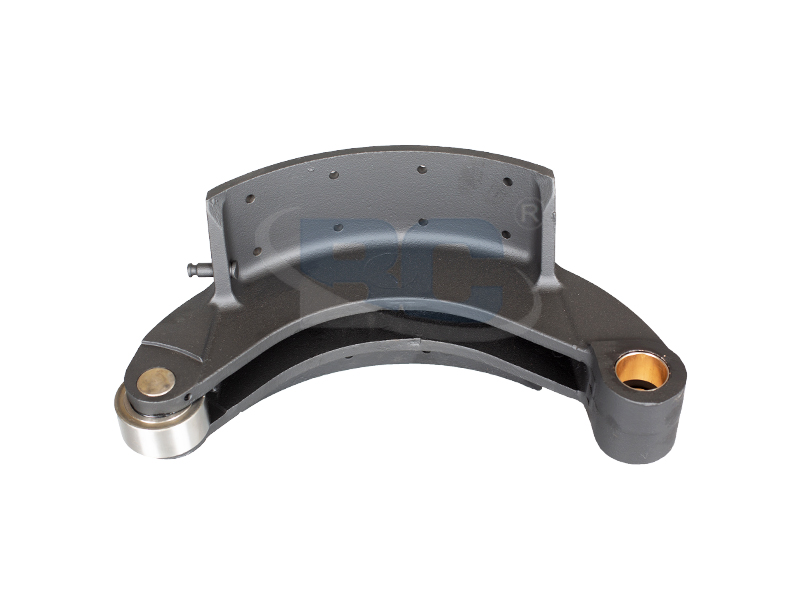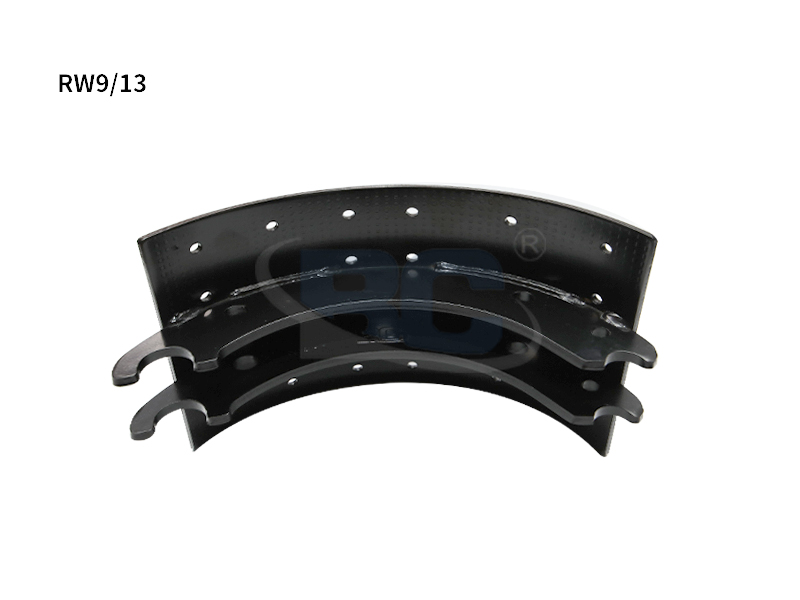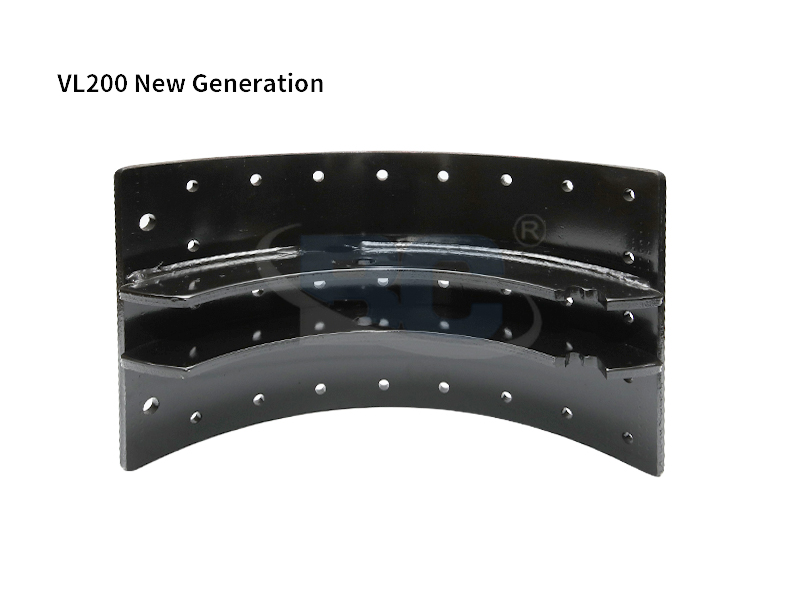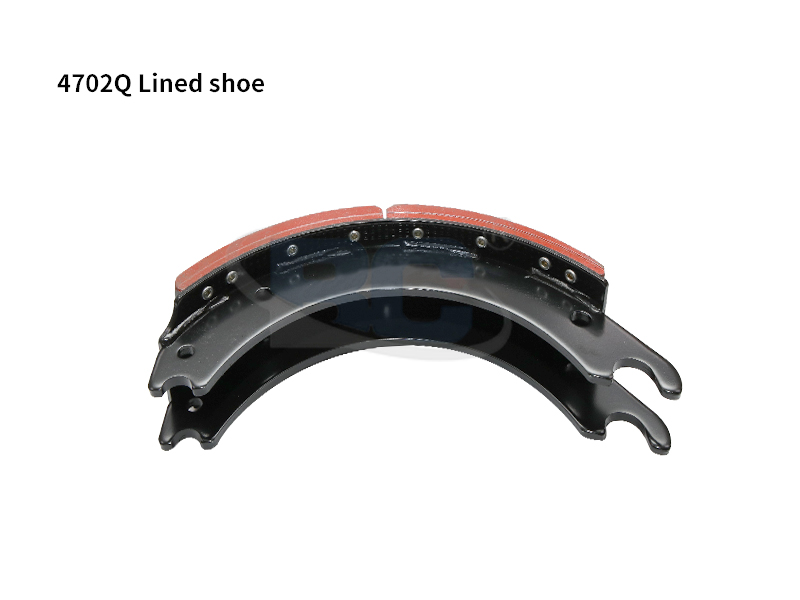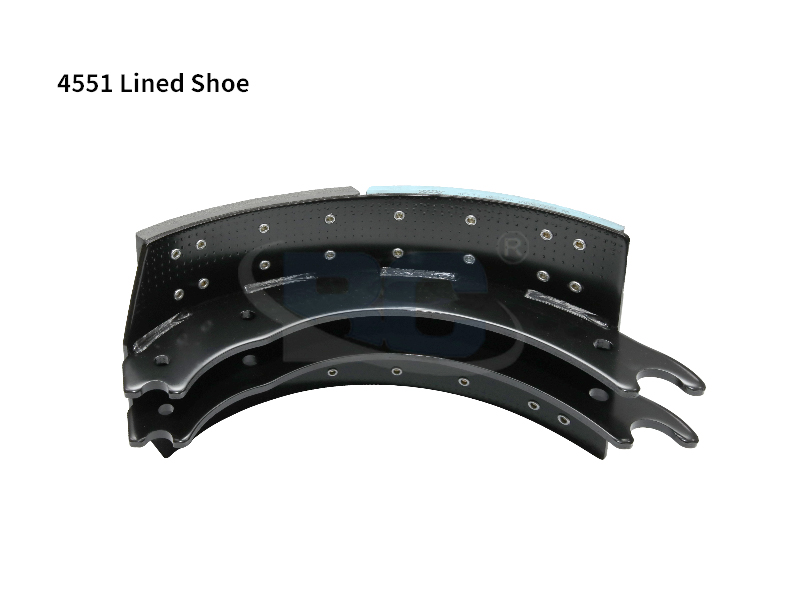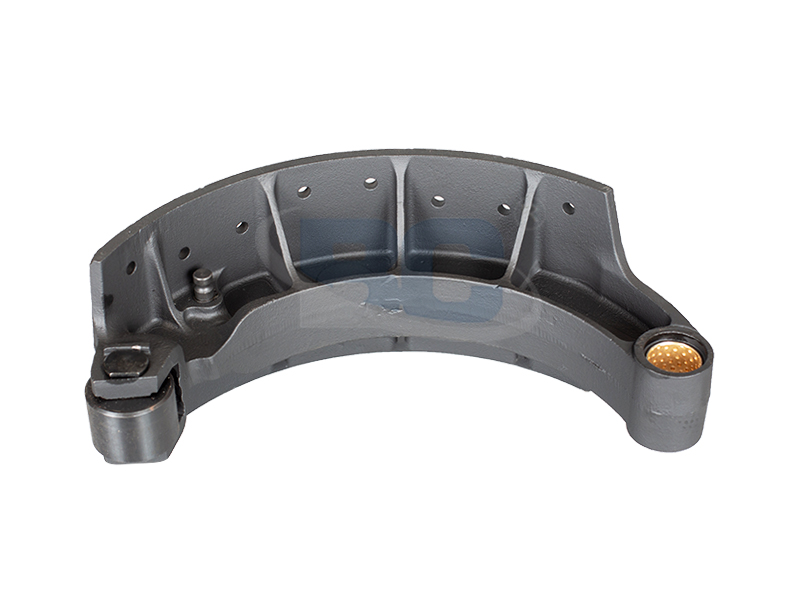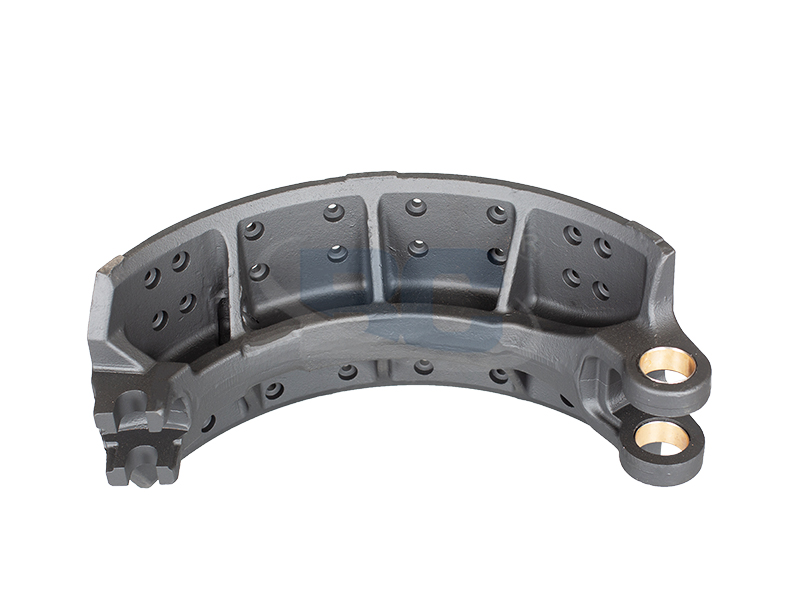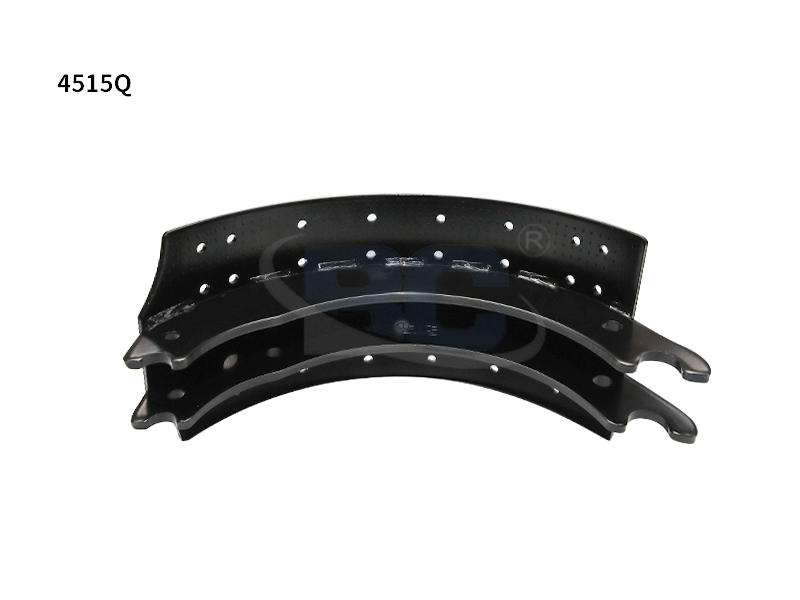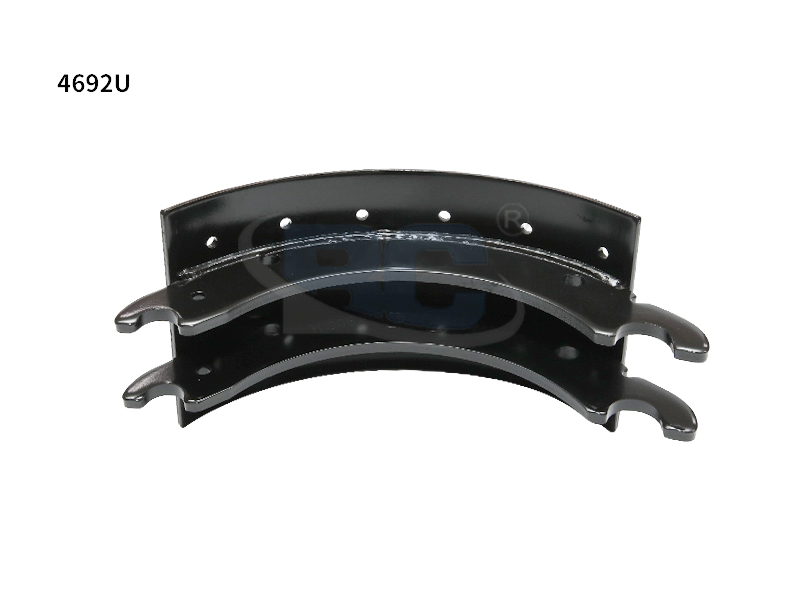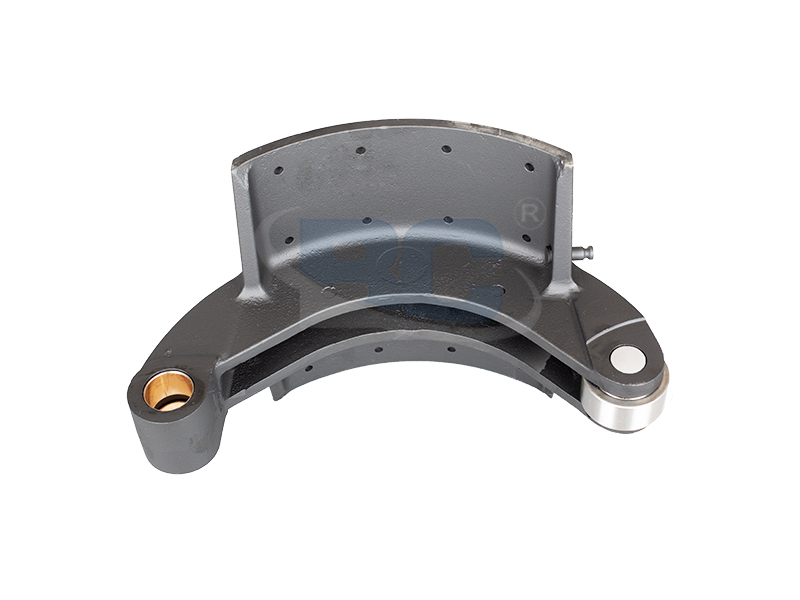The main problems of brake pads are: the friction coefficient cannot meet the requirements; This has left considerable safety hazards for car owners to drive safely.
In fact, the friction coefficient is too high or too low, will affect the braking performance of the car. Too high a friction coefficient will make the braking action at slow speeds become too sensitive. Every time you tap the brake pedal, the passengers on the car will turn on their backs. In addition, the brake disc will also reduce the service life due to increased wear. If the car needs emergency braking at high speed, the friction coefficient is too low and the braking will be insensitive. According to national standards, the adaptable temperature of brake pads is 100℃~350℃; the friction coefficient is about 0.4.
Generally speaking, brake pads should have 4 basic requirements:
1. Appropriate coefficient of friction. The friction coefficient is the most basic parameter of the friction material and determines the basic brake pad braking torque. The national standard strictly requires manufacturers to indicate the coefficient of friction on the packaging. The coefficient of friction must be appropriate. Too high will cause wheel lockup, loss of direction control and film burn during braking, while too low will result in too long braking distance. For example, the friction coefficient of Bosch safety brake pads is 0.39.
2. Reliable security. The brake pads will generate instantaneous high temperature when braking, especially when driving at high speed or when braking emergency. At high temperatures, the friction coefficient of the friction plate will decrease, which is called thermal decay. The level of thermal decay determines the safety during high temperature conditions and emergency braking.
3. Satisfactory comfort. Comfort is a direct manifestation of friction performance, including braking sensation, noise, dust, smoke, and odor. With the increase of private cars and the improvement of people's living standards, comfort has become an increasingly important indicator of friction linings under the basic premise of meeting safety.
4. Reasonable life span. Service life is a product index that everyone is generally concerned about. Usually the brake pads can guarantee a service life of 30,000 kilometers. Large particles of graphite and brass used in materials such as Bosch brake pads can also reduce wear on the brake discs.
The best time to replace the brake pads The thickness of the brake pads of the disc brake can be checked by stepping on the brake plate, while the thickness of the brake pads on the brake shoes of the drum brake must be checked from the brake. Only come out to check. However, whether it is a brake pad on a disc brake or a brake pad on a drum brake, the manufacturer stipulates that its thickness shall not be less than 1.2mm, because all actual measurements show that the brake pads wear and peel off before or after 1.2mm Faster. Therefore, the owner should check and replace the brake pads on the brakes at this time or before. In normal vehicles, the service life of the front brake pads is 30,000 to 50,000 kilometers, and the service life of the rear brake pads is 12— 150,000 kilometers. The replacement time depends on the specific wear. Depending on the model, the mileage set by the manufacturer [Review Picture Forum] may also be different. When replacing brake pads, you should choose a regular manufacturer. Usually the brake pads produced by a regular manufacturer have clear packaging and printing, with a license number, specified friction coefficient, and implementation standards. The packaging box contains a certificate, production batch number, and production. Date etc. To install new brake pads, it is recommended to go to a professional repair shop to ask professionals to operate, so as to avoid errors and potential accidents.
https://www.zjbangchi.com/


 English
English 简体中文
简体中文